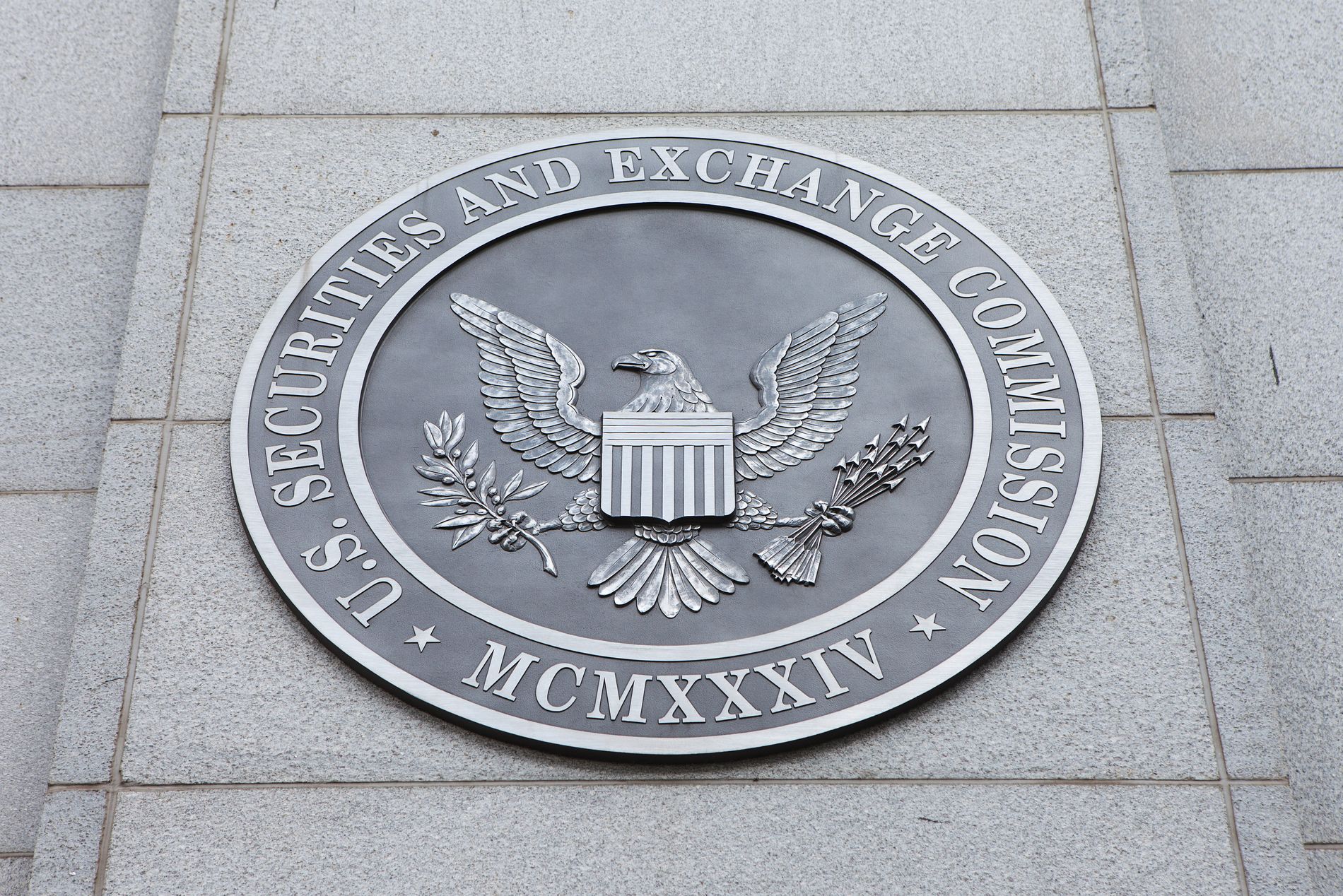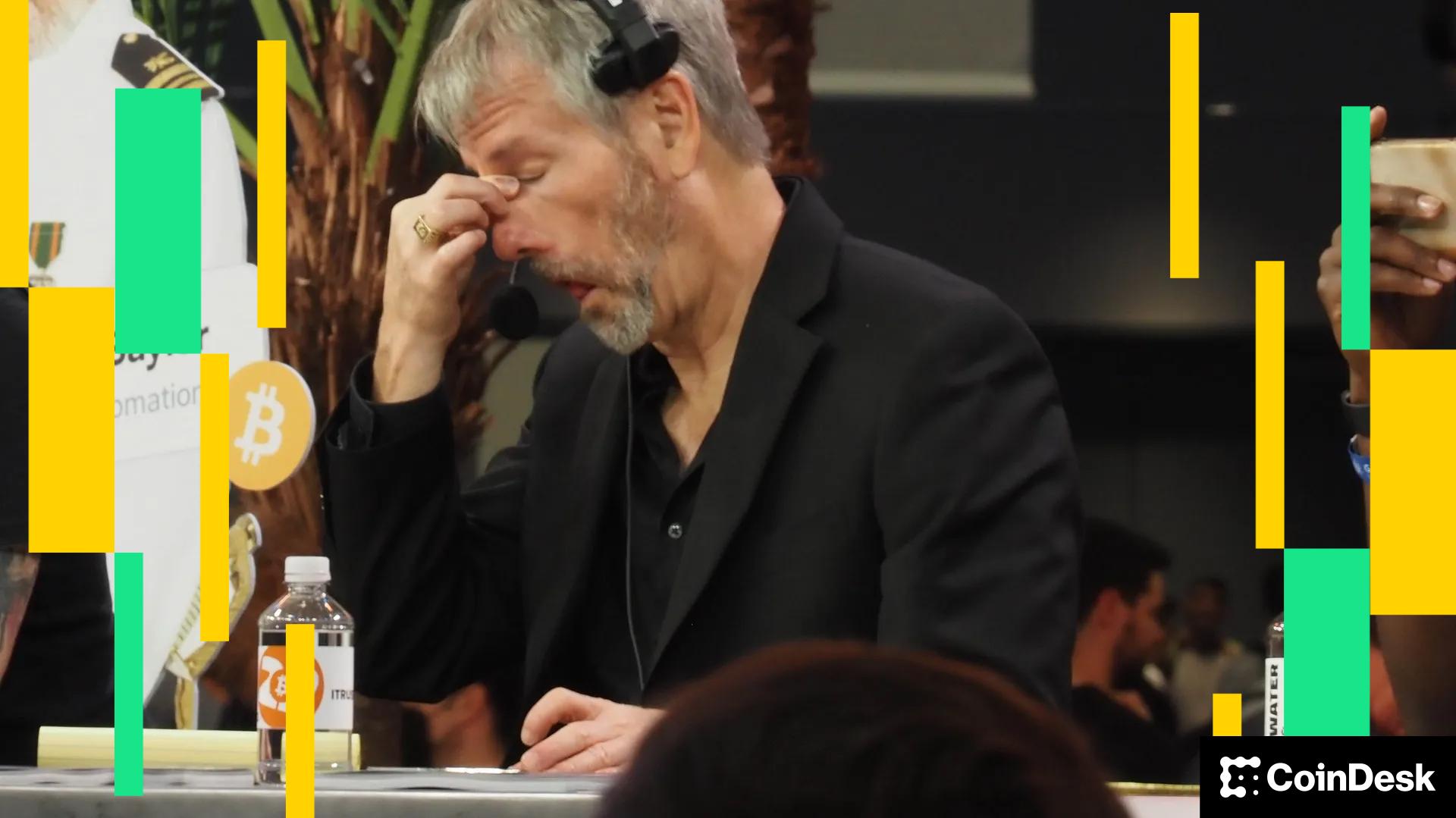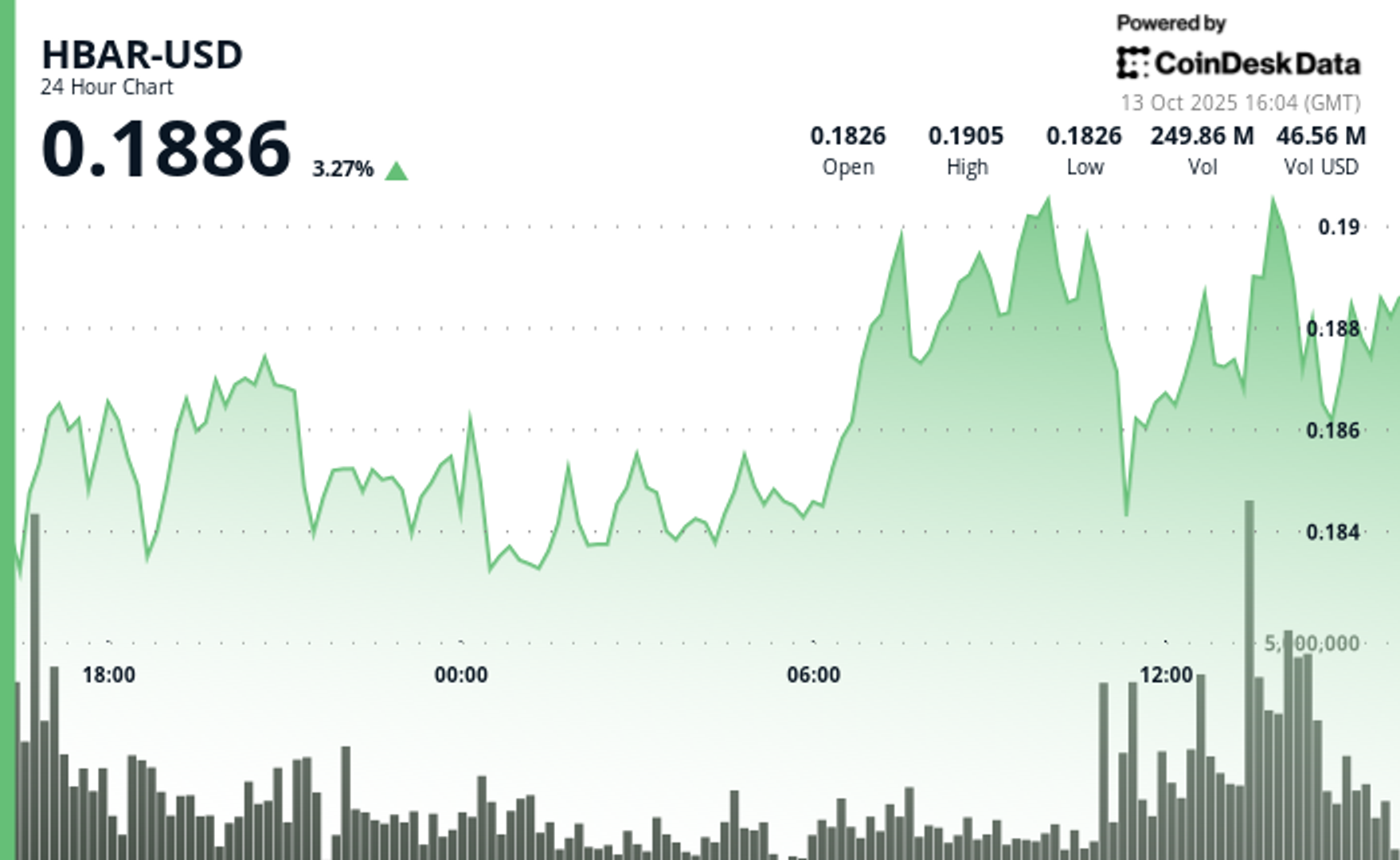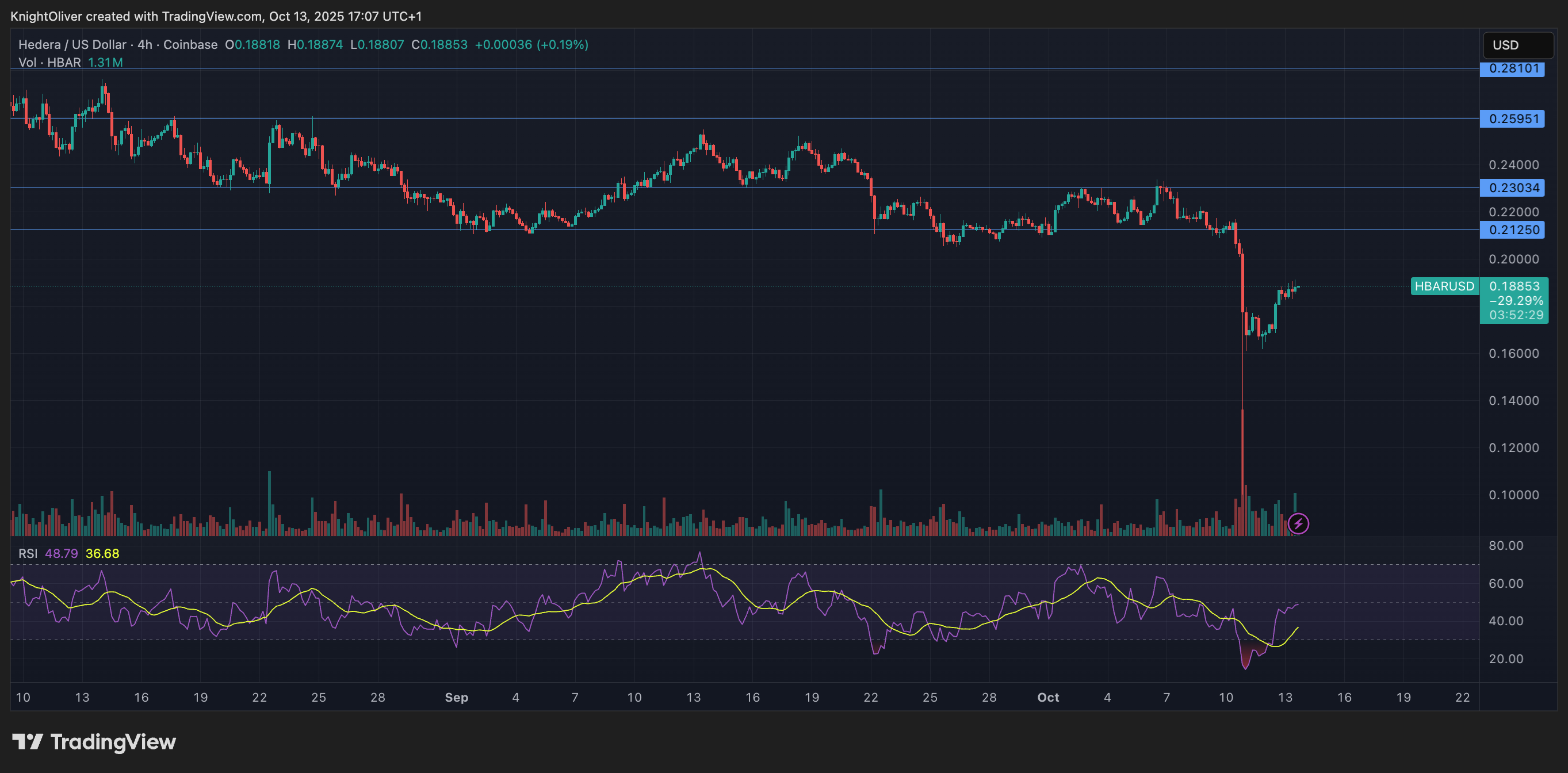Uncategorized
Why The SEC Needs to Allow Staking in Exchange-Traded Products

For far too long, the U.S. has been falling behind the rest of the world on staking policy. Now, in just the first 30 days of the Trump Administration, staking has been mentioned in Congressional hearings, listed as a top priority by the SEC’s newly created crypto task force and is today the focus of a bipartisan letter from lawmakers challenging the previous SEC’s stance on its inclusion in exchange-traded products (ETPs). Many in the digital asset sector celebrated when the first spot ether ETFs were approved in September of last year. It was a giant leap forward for the second-largest cryptocurrency, achieving legitimacy in the eyes of U.S. regulators. But there has been one glaring omission within these financial products: the ability to stake the held assets and profit by doing so.
Now a bipartisan group of lawmakers including Senators Cynthia Lummis (R-WY), Kirsten Gillibrand (D-NY), Steve Daines (R-Montana), Bill Hagerty (R-Tenn.), Thom Tillis (R-NC), Bernie Moreno (R-Ohio) and Ron Wyden (D-OR) is leading the way to correct that. In a letter delivered to the Securities and Exchange Commission on Friday, they are challenging the SEC’s directive to exclude protocol staking in ETPs, highlighting how this position could undermine both investor protections and the competitiveness of U.S. markets.
The SEC’s prohibition on staking within ETPs is based on a faulty understanding of how staking works on proof-of-stake networks like Ethereum. Staking is not an investment product in itself. Rather, it is a fundamental technical requirement for securing and validating transactions on proof-of-stake networks. When token holders stake their assets, they contribute to the network’s security, and in doing so earn rewards generated by the protocol itself — not from any centralized authority.
International competitiveness
The SEC’s directive to spot ether ETP issuers to exclude staking raises serious concerns about America’s competitive position in global digital asset markets. While the United States hesitates, other major financial centers including Switzerland, Canada, Germany and Australia have embraced staking in their digital asset ETPs, recognizing its integral role in network security and operational stability. Just last month, the U.K. issued a statutory instrument acknowledging that arrangements for qualifying crypto asset staking do not amount to a collective investment scheme, reinforcing its importance in securing and maintaining blockchain networks.
Because staking is essential for securing proof-of-stake networks, it also means that if there were no one staking their ether, then all of the assets within these ETPs would be at risk. This means that, perversely, the SEC has forced American investors into a position where their investments are only protected by assets held in other jurisdictions.
Crucially, the impact of these regulations extends beyond just the Ethereum blockchain, but applies to possible future ETPs of other networks that also use proof-of-stake such as Solana, Avalanche and Polkadot. As the digital asset sector grows, the impact of this misguided regulation will only deepen.
Getting this regulation wrong hurts both American investors and the U.S. economy. Either investors accept domestic products without staking and the associated rewards, limiting their financial returns, or they seek exposure through off-shore alternatives, driving capital offshore and out of U.S. stock exchanges. Without staking, ether ETP holders gradually lose their relative network ownership position due to the inflationary nature of staking rewards.
This economic reality makes U.S. products less competitive and less attractive to investors seeking comprehensive exposure to the Ethereum ecosystem. Even more troubling, this outcome appears to contradict the SEC’s core mission of investor protection, likely pushing investors toward investment vehicles in other jurisdictions that may not meet the investor protection standards available to investors in the U.S.
The technical risks associated with staking, when managed by sophisticated validators, are minimal and well-understood. The often-cited «slashing risk» — a penalty mechanism for dishonest validation attempts — has affected just 0.001 percent of staked ether to date. This data suggests that the SEC’s cautious stance may be disproportionate to the actual risks involved.
What’s at stake
As we await the SEC’s response to the important questions raised by Congress, American investors continue to be at a distinct disadvantage. The path forward requires a balanced approach that recognizes staking for what it is — a technical mechanism for network security — while ensuring there is appropriate oversight when it is offered within regulated investment products.
As the letter rightly points out, while only Congress can create a comprehensive regulatory framework, the SEC has the authority to permit staking in ETPs. Doing so would align with both the agency’s mandate to protect investors and the goal of maintaining U.S. leadership in global financial markets.
The bipartisan Congressional letter to SEC Commissioners Uyeda and Peirce endorsing Protocol Staking in Digital Asset ETPs is a significant milestone for investors – both crypto native and institutional. With Uyeda having criticized what he has called the “weaponization” of the SEC’s enforcement functions and crypto advocate Paul Atkins being nominated to take over the role of SEC Chair, we have a rare opportunity to make progress on one of the most common sense issues in the digital asset landscape.
It’s beyond time for the SEC to assume a leadership position when it comes to protocol staking, which powers the digital asset sector. This befits the aspirations of the American economy and the Americans who rely on it.
Business
Strategy Bought $27M in Bitcoin at $123K Before Crypto Crash

Strategy (MSTR), the world’s largest corporate owner of bitcoin (BTC), appeared to miss out on capitalizing on last week’s market rout to purchase the dip in prices.
According to Monday’s press release, the firm bought 220 BTC at an average price of $123,561. The company used the proceeds of selling its various preferred stocks (STRF, STRK, STRD), raising $27.3 million.
That purchase price was well above the prices the largest crypto changed hands in the second half of the week. Bitcoin nosedived from above $123,000 on Thursday to as low as $103,000 on late Friday during one, if not the worst crypto flash crash on record, liquidating over $19 billion in leveraged positions.
That move occurred as Trump said to impose a 100% increase in tariffs against Chinese goods as a retaliation for tightening rare earth metal exports, reigniting fears of a trade war between the two world powers.
At its lowest point on Friday, BTC traded nearly 16% lower than the average of Strategy’s recent purchase price. Even during the swift rebound over the weekend, the firm could have bought tokens between $110,000 and $115,000, at a 7%-10% discount compared to what it paid for.
With the latest purchase, the firm brought its total holdings to 640,250 BTC, at an average acquisition price of $73,000 since starting its bitcoin treasury plan in 2020.
MSTR, the firm’s common stock, was up 2.5% on Monday.
Business
HBAR Rises Past Key Resistance After Explosive Decline

HBAR (Hedera Hashgraph) experienced pronounced volatility in the final hour of trading on Oct. 13, soaring from $0.187 to a peak of $0.191—a 2.14% intraday gain—before consolidating around $0.190.
The move was driven by a dramatic surge in trading activity, with a standout 15.65 million tokens exchanged at 13:31, signaling strong institutional participation. This decisive volume breakout propelled the asset beyond its prior resistance range of $0.190–$0.191, establishing a new technical footing amid bullish momentum.
The surge capped a broader 23-hour rally from Oct. 12 to 13, during which HBAR advanced roughly 9% within a $0.17–$0.19 bandwidth. This sustained upward trajectory was characterized by consistent volume inflows and a firm recovery from earlier lows near $0.17, underscoring robust market conviction. The asset’s ability to preserve support above $0.18 throughout the period reinforced confidence among traders eyeing continued bullish action.
Strong institutional engagement was evident as consecutive high-volume intervals extended through the breakout window, suggesting renewed accumulation and positioning for potential continuation. HBAR’s price structure now shows resilient support around $0.189–$0.190, signaling the possibility of further upside if momentum persists and broader market conditions remain favorable.

Technical Indicators Highlight Bullish Sentiment
- HBAR operated within a $0.017 bandwidth (9%) spanning $0.174 and $0.191 throughout the previous 23-hour period from 12 October 15:00 to 13 October 14:00.
- Substantial volume surges reaching 179.54 million and 182.77 million during 11:00 and 13:00 sessions on 13 October validated positive market sentiment.
- Critical resistance materialized at $0.190-$0.191 thresholds where price movements encountered persistent selling activity.
- The $0.183-$0.184 territory established dependable support through volume-supported bounces.
- Extraordinary volume explosion at 13:31 registering 15.65 million units signaled decisive breakout event.
- High-volume intervals surpassing 10 million units through 13:35 substantiated significant institutional engagement.
- Asset preserved support above $0.189 despite moderate profit-taking activity.
Disclaimer: Parts of this article were generated with the assistance from AI tools and reviewed by our editorial team to ensure accuracy and adherence to our standards. For more information, see CoinDesk’s full AI Policy.
Business
Crypto Markets Today: Bitcoin and Altcoins Recover After $500B Crash

The crypto market staged a recovery on Monday following the weekend’s $500 billion bloodbath that resulted in a $10 billion drop in open interest.
Bitcoin (BTC) rose by 1.4% while ether (ETH) outperformed with a 2.5% gain. Synthetix (SNX, meanwhile, stole the show with a 120% rally as traders anticipate «perpetual wars» between the decentralized trading venue and HyperLiquid.
Plasma (XPL) and aster (ASTER) both failed to benefit from Monday’s recovery, losing 4.2% and 2.5% respectively.
Derivatives Positioning
- The BTC futures market has stabilized after a volatile period. Open interest, which had dropped from $33 billion to $23 billion over the weekend, has now settled at around $26 billion. Similarly, the 3-month annualized basis has rebounded to the 6-7% range, after dipping to 4-5% over the weekend, indicating that the bullish sentiment has largely returned. However, funding rates remain a key area of divergence; while Bybit and Hyperliquid have settled around 10%, Binance’s rate is negative.
- The BTC options market is showing a renewed bullish lean. The 24-hour Put/Call Volume has shifted to be more in favor of calls, now at over 56%. Additionally, the 1-week 25 Delta Skew has risen to 2.5% after a period of flatness.
- These metrics indicate a market with increasing demand for bullish exposure and upside protection, reflecting a shift away from the recent «cautious neutrality.»
- Coinglass data shows $620 million in 24 hour liquidations, with a 34-66 split between longs and shorts. ETH ($218 million), BTC ($124 million) and SOL ($43 million) were the leaders in terms of notional liquidations. Binance liquidation heatmap indicates $116,620 as a core liquidation level to monitor, in case of a price rise.
Token Talk
By Oliver Knight
- The crypto market kicked off Monday with a rebound in the wake of a sharp weekend leverage flush. According to data from CoinMarketCap, the total crypto market cap climbed roughly 5.7% in the past 24 hours, with volume jumping about 26.8%, suggesting those liquidated at the weekend are repurchasing their positions.
- A total of $19 billion worth of derivatives positions were wiped out over the weekend with the vast majority being attributed to those holding long positions, in the past 24 hours, however, $626 billion was liquidated with $420 billion of that being on the short side, demonstrating a reversal in sentiment, according to CoinGlass.
- The recovery has been tentative so far; the dominance of Bitcoin remains elevated at about 58.45%, down modestly from recent highs, which implies altcoins may still lag as capital piles back into safer large-cap names.
- The big winner of Monday’s recovery was synthetix (SNX), which rose by more than 120% ahead of a crypto trading competition that will see it potentially start up «perpetual wars» with HyperLiquid.
-

 Business12 месяцев ago
Business12 месяцев ago3 Ways to make your business presentation more relatable
-

 Fashion12 месяцев ago
Fashion12 месяцев agoAccording to Dior Couture, this taboo fashion accessory is back
-

 Entertainment12 месяцев ago
Entertainment12 месяцев ago10 Artists who retired from music and made a comeback
-

 Entertainment12 месяцев ago
Entertainment12 месяцев ago\’Better Call Saul\’ has been renewed for a fourth season
-

 Entertainment12 месяцев ago
Entertainment12 месяцев agoNew Season 8 Walking Dead trailer flashes forward in time
-

 Uncategorized4 месяца ago
Uncategorized4 месяца agoRobinhood Launches Micro Bitcoin, Solana and XRP Futures Contracts
-

 Business12 месяцев ago
Business12 месяцев ago15 Habits that could be hurting your business relationships
-

 Entertainment12 месяцев ago
Entertainment12 месяцев agoMeet Superman\’s grandfather in new trailer for Krypton





